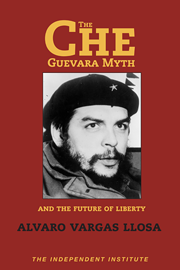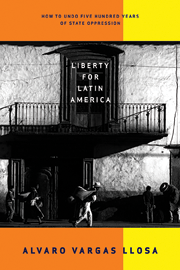As many know, Roma, Alfonso Cuarón’s semi-autobiographical, black-and-white movie about an indigenous, live-in Mexican housekeeper who faces personal tragedy at the same time her employers experience family strife, is getting critical acclaim and collecting award after award on the way to the Oscars. Some think it’s a strong candidate for Best Picture when the Academy Awards are announced on February 24. We’ll see.
Notwithstanding its merits, the movie—set in Mexico City in the early 1970s and produced by Netflix, rather than a major studio—is not Cuarón’s best.
As in the case of some Italian neorealist films of the 1940s, such as Roberto Rossellini’s and Vittorio De Sica’s early movies, Cuarón seems to have been inspired by the actors’ physical expressions, making the details of their surroundings more important than the story; nothing would be lost if the sound were silenced.
This creates an intense atmosphere, but also makes for a certain superficiality that takes away from both the characters and the film’s message about class and race distinctions between well-to-do, white Mexicans—primarily those of European Spanish heritage—and the indigenous population (Cleo, the protagonist, is of Mixtec origin) at a time when, as in other Latin American countries, internal migration was changing the character of urban Mexico City, adding complexity to its social fabric and political tensions.
Because there is more aesthetic quality than real depth, the impact of Roma, a succession of beautifully crafted frames by a master cinematographer (Cuarón was responsible for the cinematography as well as the script and direction), vanishes when the film ends.
Although there is something “passé” about the social critique at the heart of Roma, particularly regarding the attitude of prosperous, white bourgeois families towards their indigenous servants—oscillating between domination, obliviousness to their plights, and paternalism—these issues have not lost relevance. Besides, social denunciation has a rich cinematographic history, including Luis Buñuel’s The Young and the Damned, a movie that Roma occasionally seems to echo. And Cuarón has taken the trouble, unlike others who use art to denounce class distinctions, to avoid the simplicity of presenting every bourgeois character as an oppressor and every Mexican from the lower echelons of society as a victim. Cleo, for example, is not just the victim of the “system” but also of a boyfriend from her own social milieu.
That said, many critics who are proclaiming Roma a masterpiece are all too ready to fall into the trap of Manichean manipulation: characterizing everything as either good or bad. Latin American society for quite some time has been much more multi-layered and nuanced than that. Today’s bureaucrats can be just as exploitative as the white bourgeois were when they dominated the scene and the children and grandchildren of internal migrants who have moved up the ranks can be just as heartless towards others as the white middle-class of the 1970s.
And here is where the real problem with Roma lies: not in the movie itself but in the fact that many of the critics and jurors who are lauding Roma so disproportionally seem less inspired by its intrinsic merits than motivated by its connection with today’s “zeitgeist.”
I am talking about the spirit of our times with which the film’s feminism fits so perfectly, as does its limited budget, the author’s “authenticity” after shunning the industry’s standards to be true to his childhood memories and aesthetical models, his decision to hire a non-professional actress of Mixtec origin for the leading role, and the movie’s poetic redemption of the exploited.
I do not have the slightest idea if Cuarón, or his subconscious, intended to give us a piece of work that fits with the times; in any case, his mastery of cinematography offers us a fine, not a great, film.
I suspect that many years from now, when the “zeitgeist” changes, And Your Mother Too or Children of Men, to mention two of Cuarón’s other successful movies, will be seen as superior to Roma.













